Cards In This Set
| Front | Back |
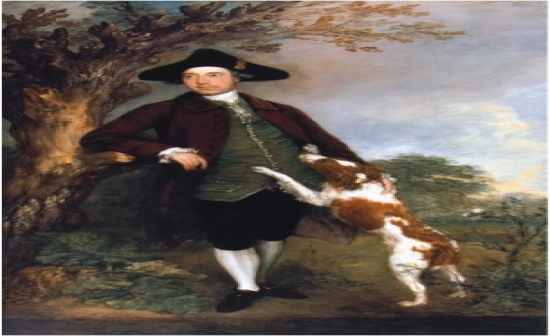 |
Thomas Gainsborough: George, Lord Vernon 1767
aristocrat, dressed on a country stroll with his dog, men of ease, informality, emphasize companionship with the dog, man of feeling in tune with natural world cult of sensibility-goodness of humanity, symphathy to the poor, animals important is showing sensibility |
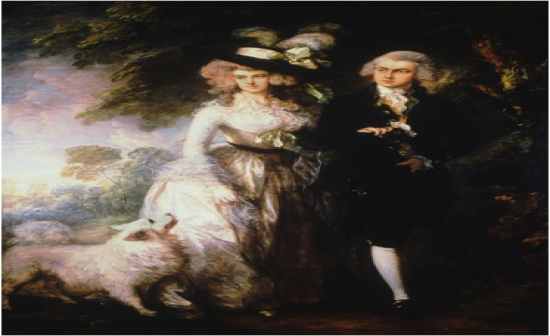 |
Thomas Gainsborough: The Morning Walk (Mr. and Mrs. William Hallet) 1785
One of his best portraits, married couple early in marriage, married for a year, influence from french paintings, subtle rococo palette in background, highly fashionably dressed, dog with couple ignoring their dog but is still a compainion, powdered hair, walking on man-made path, same height in painting, walking together implicating they enjoyed eachothers company |
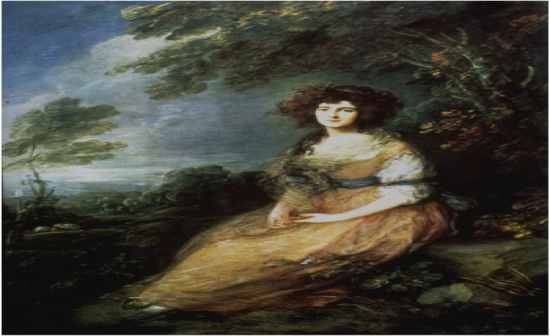 |
Gainsborough: Mrs. Richard Brinsley Sheridan 1785-87
married to one of the most popular playwrights, friends of gainsborough, face of longing, inquisitive, vulnerable, she was a singer, husband banned her singing in public, longing for her recently deceased brother, woman of sensibility, brushwork of natural clements, wind swept hair, woman of nature and feeling |
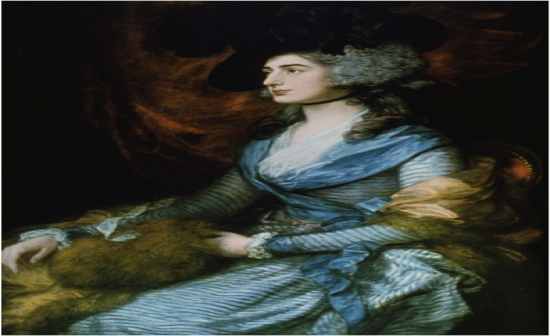 |
Gainsborough: Mrs. Siddons, 1785-wearing fur, petting a muff, woman of sensibility? NO, inside setting, extremely fashionably dressed, greatest actress of second half of 18th century, does not depict her as an actress, dressed like an aristocrat, nobody commissioned it, put it in his painting room, actress would be similar to prostitue
|
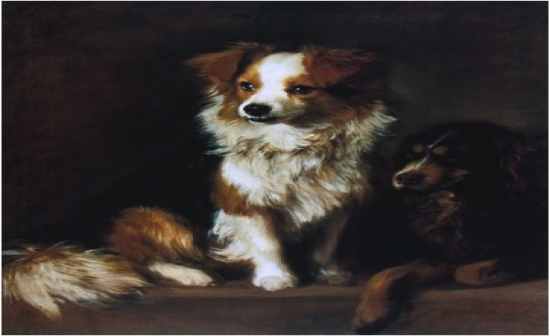 |
Gainsborough: Tristram and Fox. 1770
portrait of his dogs, best portrait of dogs |
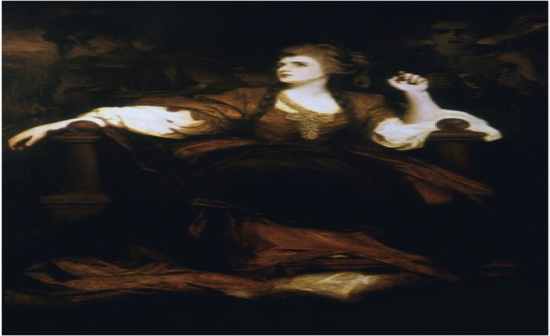 |
Sir Joshua Reynolds: Mrs. Siddons as the Tragic Muse, 1784-much more expressive, depicting her in a role?, portraying her as an actress, trying to make it a history painting, grandstyle, grand manner, wanted to make it timeless and rememborable, not a contemporary setting and classically inspired, painted it on his own and then offered for sale and fora high amount, gained publicity, confiremed status of greatest tragic actress, a dagger and a cup figure on right is holding a cup, alologorical figure of terror, poison and pity, similar to sistine chapel ceilings
|
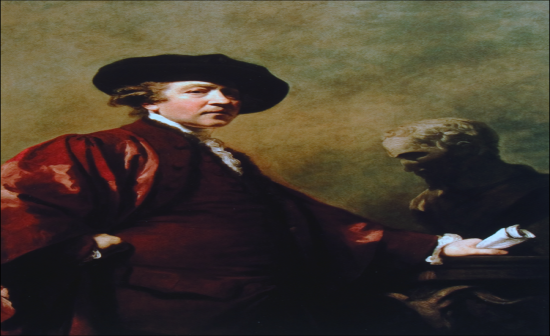 |
Reynolds- Self portrait in Doctoral Robes, 1779-80
master as his craft, looking down on the viewer, "better than you" posture, statue is bowing his head towards Reynolds, incredibily proud, awarded an honoary document, one hand he holds a scroll honoring his discourses, artistic heritage focusing on mind, bust of michaelangelo, evoking earlier self-portrait, comparison to Rembrandts Aristottle, contemplation a bust of homer |
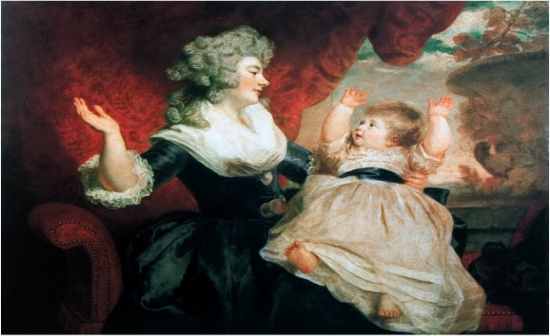 |
Reynolds: Georgiana, Duchess of Devonshire and Her Daughter, Lady Georgiana Cavendish, 1784
rich family, but they still enjoy family time, enjoy spending time with her baby, she was a controversial figure, one of the most celebrated aristocrats of her day, vivacious, trend-setting, fashionable, unusally active in politics, campaigned on the street for a wig politician, intense criticism this painting is a counter attack on ehr critics in mourning for her father ( wearing a dress) good mother and good daughter |
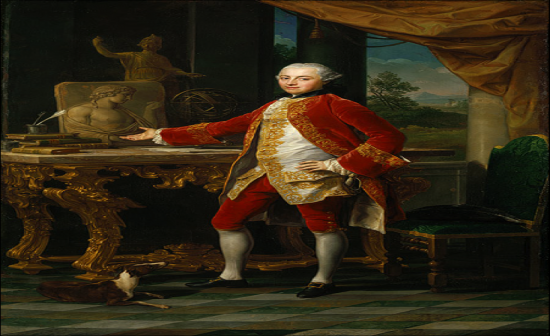 |
Pompeo Batoni: Portrait of a Young Man 1760-65
a young traveller, depicted with studio props, image evolving classical relief sculpture, dog, armory |
 |
Johann Zoffany: The Tribuna of the Uffizi 1772-89
one room in the Uffizi Palace, Duke of Tuscanys, Collection of Art, crimson velvet walls |
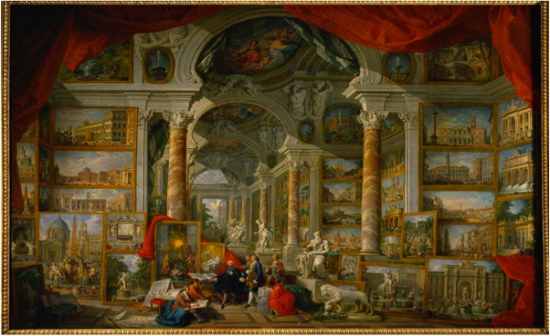 |
Giovanni Paolo Panini: Modern Rome 1757
completely imaginary but with images of classical sculpture, Modern Trevi Fountain, Moses, David, Seat of Peter |
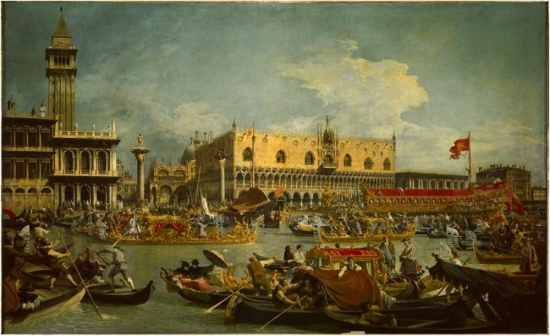 |
Caneletto: Bucintoro Returning to the Molo on Ascension Day, 1730
known for depicting canals of Venice, smaller, more affordable |
 |
Piranesi: View of the Flavian Ampitheater known as the colosseum, 1776
prints, series of prison images, and others created for grand tourists, dramatic view points |
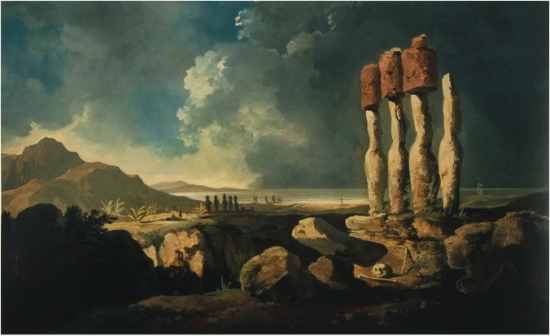 |
William Hodges: View of the Monuments of Easter Island, 1775
Bizarre sculptural objects, skull and bones, dramatic use of light and shadows, sculptures in the background, sparse land, dark and dangerous mode, living people who are miniscule human insignificant, could have read it as a warning, no civilization lasts forever, painted for a London audience, ruins contrasted with human skull/bones, human life is short, death is always present |
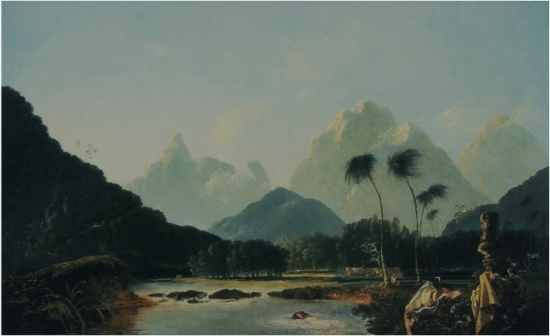 |
William Hodges: Tahiti Revisited, 1776
started with European obsessions with South Pacific, search for fast route to spice rich islands of indonesia, depiction of the opposite side, focus on beauty and untouched tahiti, natives going about native habits, females bathing, ideal image of tahitian people, palm trees, ideal paradise, people are unchanging, dont advance, technology gets better, derogatory nature, ideal life, dedictated to pleasure and love, the new cythera, became the new cities of love, focus on tatooing on her body, foreign exotic beauty,Tii-sculpture, ancestors with cloth, far right with elevanted plateau displaying corpse |



